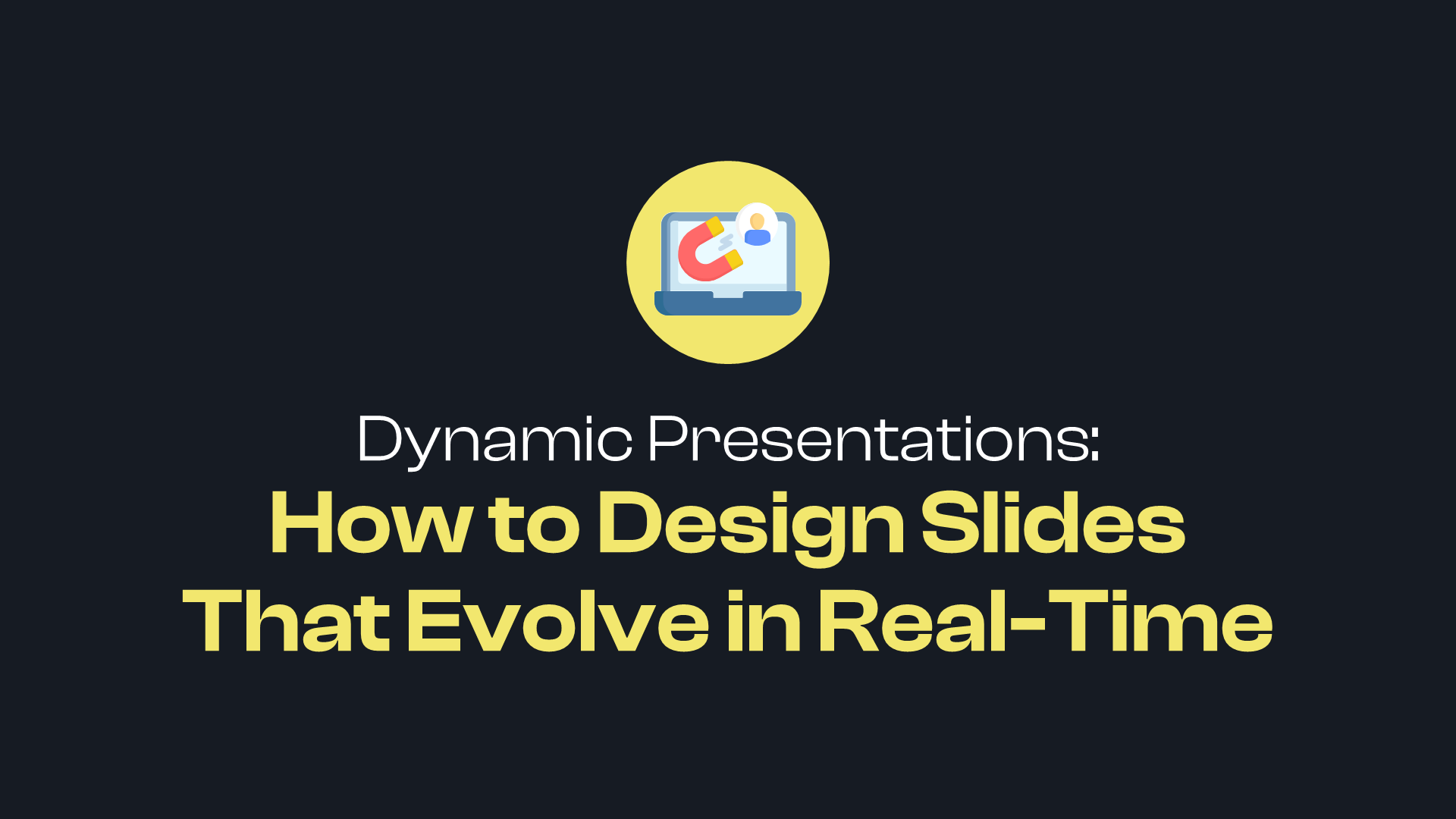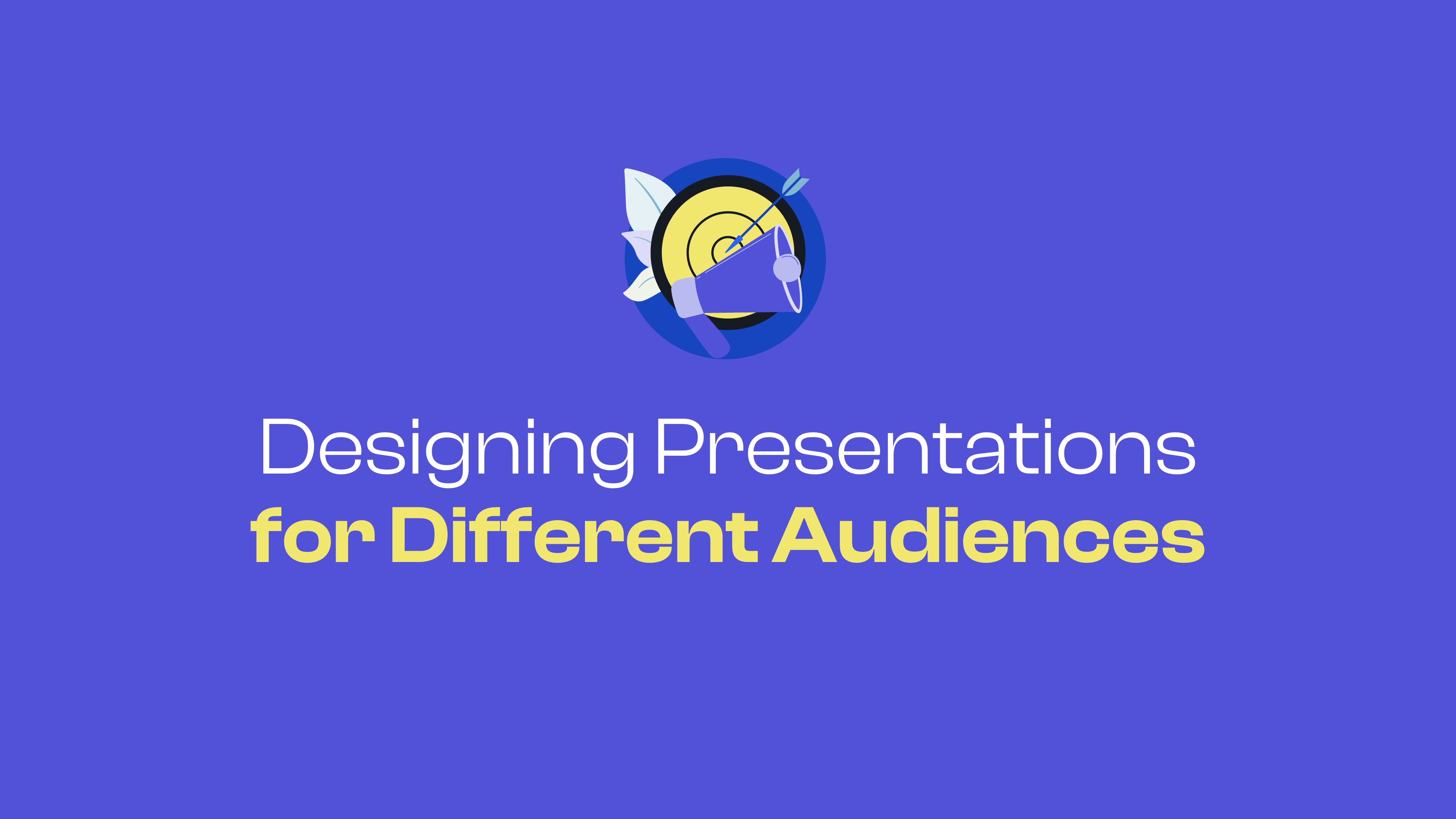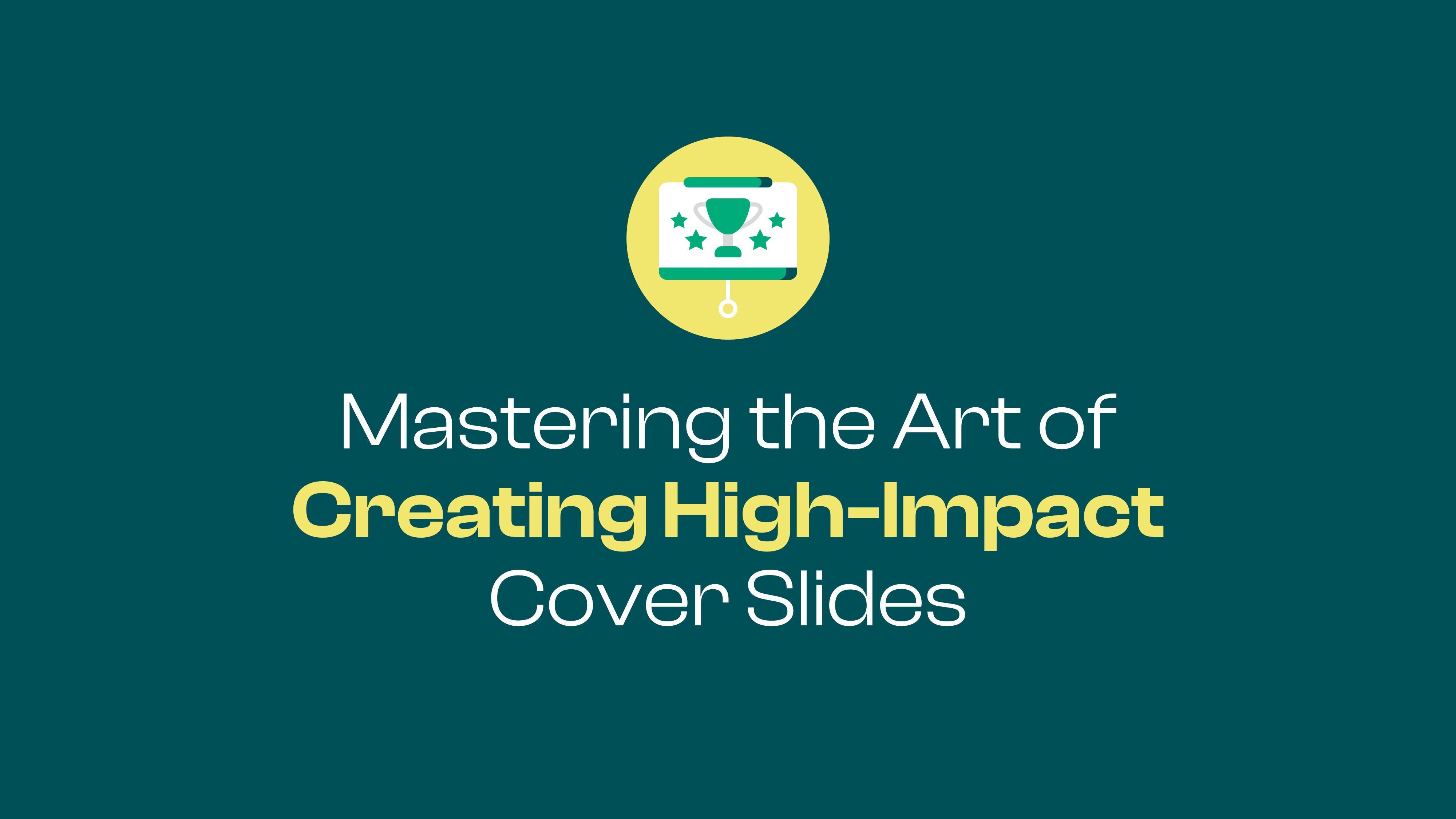Dynamic Presentations: How to Design Slides That Evolve in Real-Time
4 minutes

Introduction
In an era where interactivity and personalization reign supreme, static presentations are no longer enough. Dynamic presentations—designed to adapt and evolve in real-time—can captivate audiences and elevate engagement. From real-time polls to adaptive content navigation, these techniques transform passive viewers into active participants. Let’s explore how to design slides that evolve and respond dynamically during live sessions.
1. Leverage Live Polling and Feedback
Incorporate audience input into your presentation to foster engagement and adaptability:
Real-Time Polls: Use tools like Mentimeter, Slido, or Poll Everywhere to gather instant feedback.
Interactive Q&A: Allow audiences to upvote questions they want answered, prioritizing key topics.
Practical Example: During a corporate strategy session, a live poll revealed a critical audience concern, prompting the presenter to pivot their focus for greater relevance.

Action Step: Embed polling tools directly into your presentation to streamline interaction.
2. Create Non-Linear Navigation
Allow your presentation to flow based on audience needs rather than a fixed order:
Clickable Menus: Use hyperlinks to create a “choose your own adventure” experience, enabling users to explore topics of interest.
Table of Contents: Design a slide that links to different sections, making navigation intuitive.
Case Study: A sales team achieved a 25% increase in engagement by using a clickable product menu to tailor their pitch to each client.

Pro Tip: Keep navigation seamless by testing hyperlinks and ensuring content paths are easy to follow.
3. Integrate Live Data Dashboards
Dynamic data visualization enhances credibility and relevance:
Real-Time Updates: Link to tools like Google Sheets, Power BI, or Tableau for live metrics.
Interactive Charts: Allow users to adjust parameters and explore data directly.
Example: A marketing team showcased live campaign metrics during a presentation, allowing stakeholders to see the latest results.

Efficiency Hack: Use API integrations to ensure your data is always up-to-date.
4. Embed Audience-Driven Content
Tailor your content dynamically based on real-time audience interaction:
Word Clouds: Tools like WordArt or Slido can generate audience-submitted ideas live.
Breakout Discussions: Incorporate audience perspectives into the flow using real-time inputs.
Practical Tip: Capture audience questions during the session and address them on customized slides.

Key Insight: People feel more invested in presentations that reflect their input.
5. Utilize Interactive Media
Enhance interactivity with engaging multimedia elements:
Clickable Videos: Let audiences choose which segments to watch.
Annotations: Use live annotation tools like Zoom’s whiteboard or Microsoft Teams’ markup features.
Practical Example: An HR workshop used interactive role-play videos where participants could decide outcomes, boosting engagement by 40%.

Design Tip: Ensure media enhances your narrative rather than distracts from it.
Conclusion
Dynamic presentations redefine audience engagement by enabling interactivity and real-time adaptation. By leveraging live polling, non-linear navigation, real-time data, audience-driven content, and interactive media, you can transform your slides into powerful, evolving communication tools.
Action Step: Experiment with one dynamic technique in your next presentation and watch how it transforms your audience’s experience.
Share our post



